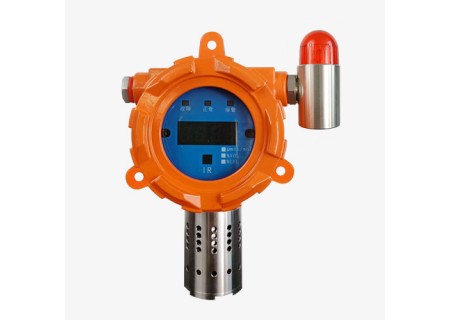Characteristics of Semiconductor and Electrochemical Formaldehyde Sensors

Background:
Formaldehyde gas is one of the carcinogens recognized by the World Health Organization. According to statistical results, house decoration is the main culprit of childhood leukemia. This is caused by excessive formaldehyde gas concentration in the house. 90% of families with children with leukemia have renovated their houses within half a year. Therefore, it is necessary to detect the concentration of formaldehyde gas. At this time, a formaldehyde sensor is needed. However, there are many types. Here is a brief introduction to the characteristics of the two commonly used types of formaldehyde sensors.
Semiconductor formaldehyde sensor:
Many manufacturers use metal solid oxide materials based on semiconductor principles as gas-sensitive materials for formaldehyde detection. Formaldehyde is adsorbed on the surface of the metal oxide, causing the resistance of the semiconductor gas sensor to change, and then the gas concentration of formaldehyde can be estimated based on the change in resistance. Formaldehyde does not conduct electricity the same as air. In theory, formaldehyde levels can be estimated based on the current conductivity of the air.
Semiconductor gas sensors have high sensitivity to formaldehyde. It has the characteristics of low cost, simple manufacturing, high sensitivity, fast response, long life, long-term working stability, and simple test circuit. It is widely used for detection in homes and atmospheric environments. Its disadvantages are poor selectivity, low accuracy, poor linearity, and high power consumption.
Electrochemical formaldehyde sensor:
Electrochemical formaldehyde sensors are subject to much less interference than semiconductor formaldehyde sensors. The electrochemical formaldehyde sensor filters out interference from some other elements such as moisture in the air through a layer of filter membrane, and then the formaldehyde reacts with a chemical catalyst. Causes fluctuations in voltage and current. It has excellent features such as low power consumption, high precision, and good linearity. But compared with the semiconductor principle, its cost is slightly higher.
Finally, I would like to remind you of two things to pay attention to when selecting a formaldehyde sensor:
①Choose a formaldehyde sensor with strong anti-interference ability if the gas in the air interferes too much with other odors. Tests for formaldehyde concentrations in the air are also inaccurate.
②If you want to monitor quickly without calibration. Formaldehyde gas sensor module is available as an option. Many models of modules have been factory calibrated, allowing customers to quickly develop new products.







-450x320.jpg)
-450x320.jpg)
-450x320.jpg)
-450x320.jpg)
